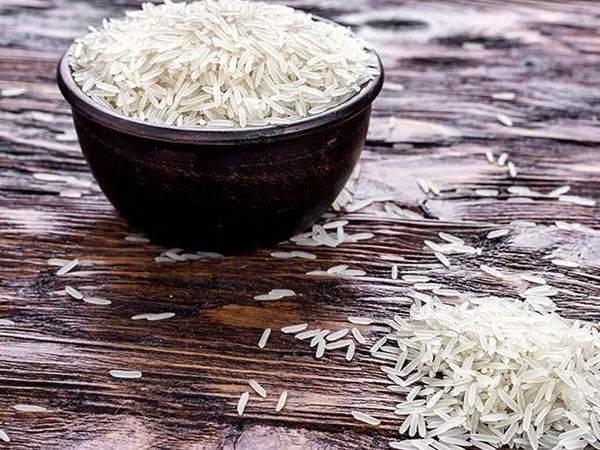The International Rice Research Institute (Irri) said the use of proper diagnostic tools and awareness of rice disease symptoms are crucial to ensuring accurate and effective disease management.
Irri Senior Associate Scientist Gilda Jonson said the use of enzyme-linked immunosorbent assay (ELISA), PCR, and RT-PCR tests will guide rice disease management.
“Because multiple rice viruses can cause overlapping symptoms, knowledge and awareness of symptoms and identification of insects present in the field are necessary to avoid misidentification,” she said in a statement which was available on the Irri website as of Sunday morning.
Jonson was part of the team of Irri scientists led by Van Schepler-Luu which probed reports of “unusual yellowing and stunting” in the LAV666 rice variety, locally known as Jackpot 102, from local agriculture offices.
The scientists said they initially suspected that the rice plants in Laguna were infected with tungro or orange leaf disease, but further tests confirmed a co-infection of Rice Grassy Stunt Virus (RGSV) and Rice Ragged Stunt Virus (RRSV), also known as “yellowing syndrome.”
These viruses are “common” in rice, particularly in South and Southeast Asia. However, Irri noted that these could affect panicle exertion in severe cases.
Farmers and field technicians also reported high populations of brown planthoppers or Nilaparvata lugens (BPH), which are known to transmit RGSV, RRSV, and instances of hopper burns in nearby fields.
According to Irri, the yellowing syndrome first appeared in rice fields in the Mekong Delta, Vietnam, in 1989 wherein rice plants affected by the disease showed a spreading growth pattern, stunted growth, and yellowing leaves.
Studies by Vietnam-based Cuu Long Delta Rice Research Institute researchers showed that rice virus infections were pegged to have caused a loss of around 800,000 metric tons (MT) of rice by 2005.
The Irri team urged farmers to practice synchronized planting, immediate plowing of infected stubbles, and cautious use of insecticides to prevent resurgence. It added that planting varieties resistant to these diseases or to BPH is the recommended long-term control.
The scientists also encouraged local government units to remain vigilant in monitoring, in coordination with the Department of Agriculture-Regional Field Offices.













© Copyright 2025 The SSResource Media.
All rights reserved.